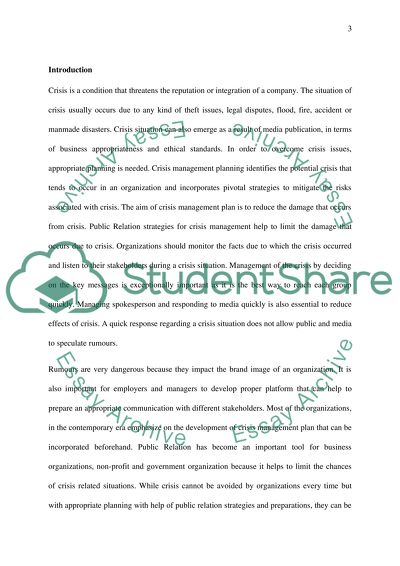Cite this document
(“Can an effective crisis management plan in PR be prepared beforehand Essay”, n.d.)
Retrieved from https://studentshare.org/marketing/1691450-can-an-effective-crisis-management-plan-in-pr-be-prepared-beforehand
Retrieved from https://studentshare.org/marketing/1691450-can-an-effective-crisis-management-plan-in-pr-be-prepared-beforehand
(Can an Effective Crisis Management Plan in PR Be Prepared Beforehand Essay)
https://studentshare.org/marketing/1691450-can-an-effective-crisis-management-plan-in-pr-be-prepared-beforehand.
https://studentshare.org/marketing/1691450-can-an-effective-crisis-management-plan-in-pr-be-prepared-beforehand.
“Can an Effective Crisis Management Plan in PR Be Prepared Beforehand Essay”, n.d. https://studentshare.org/marketing/1691450-can-an-effective-crisis-management-plan-in-pr-be-prepared-beforehand.


